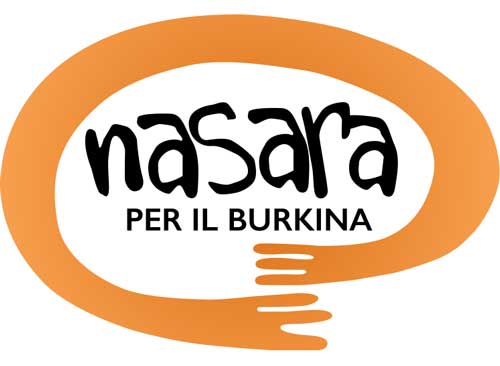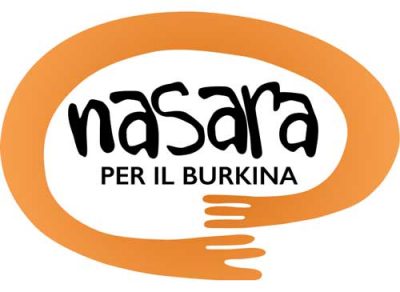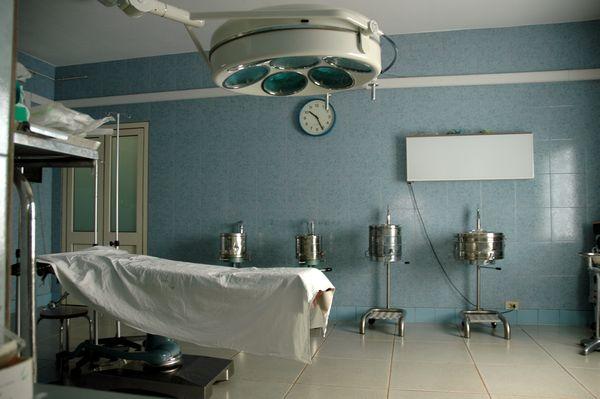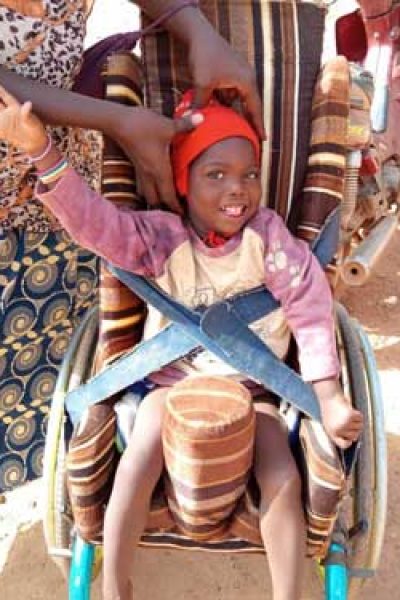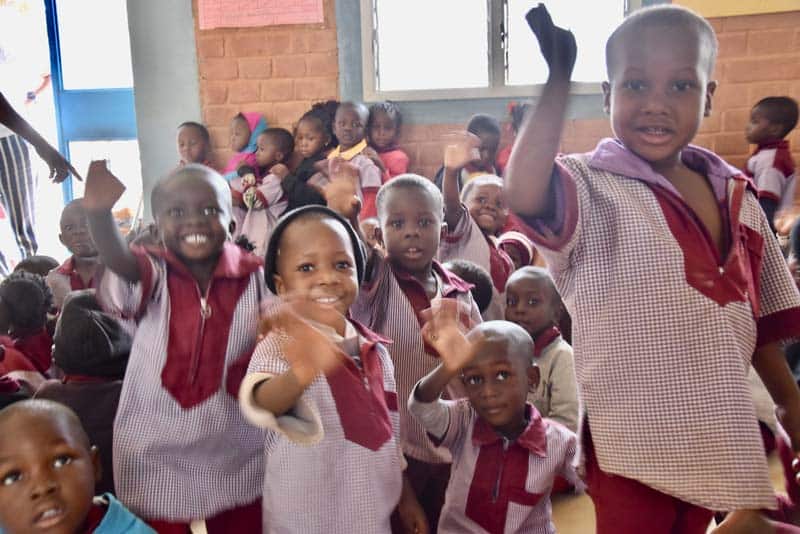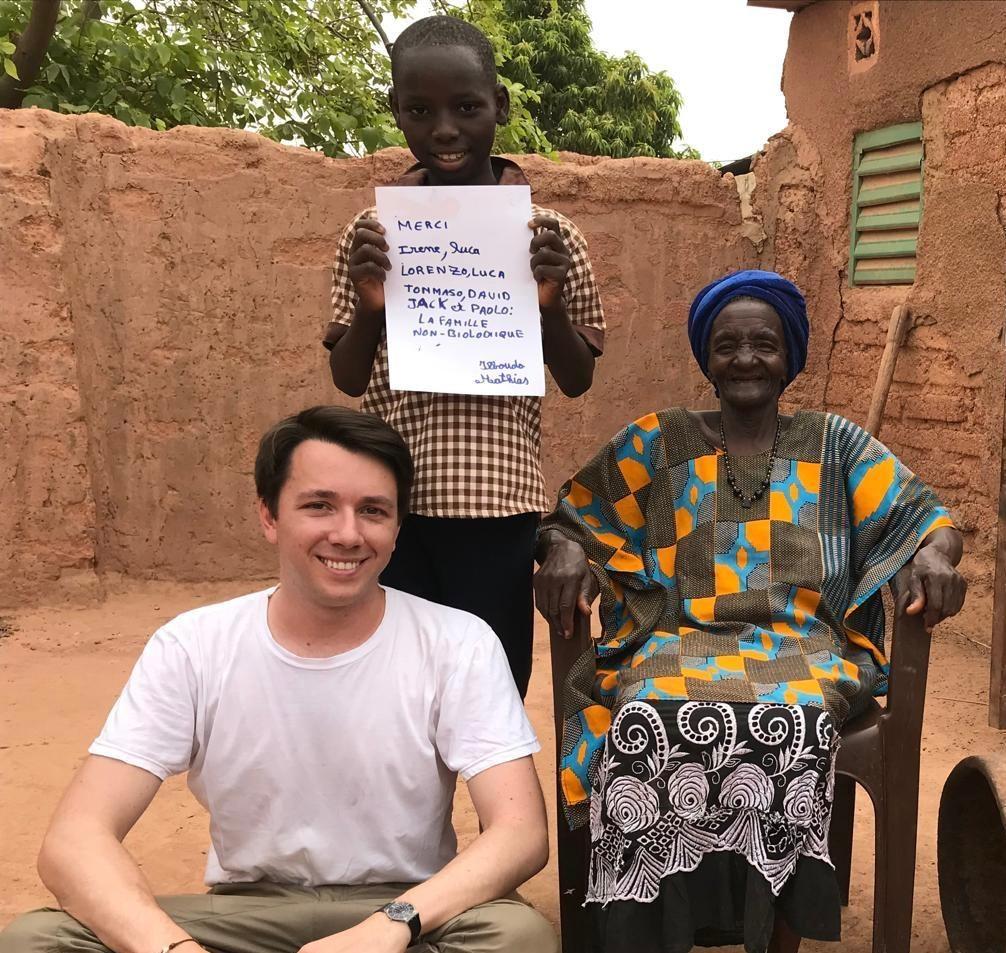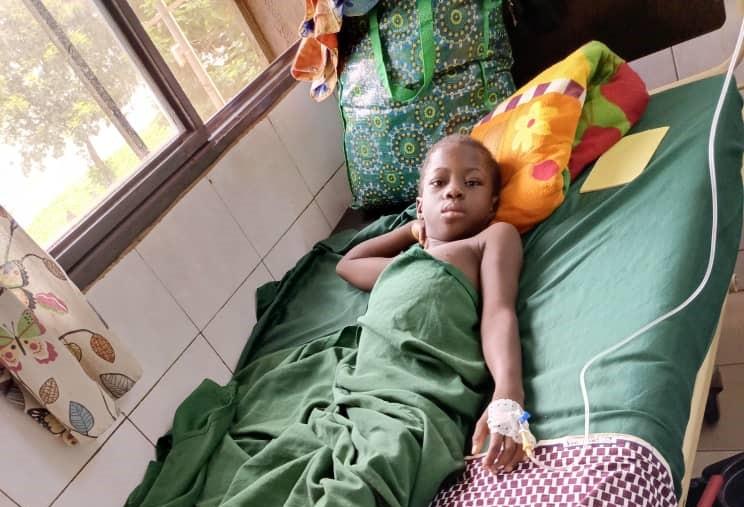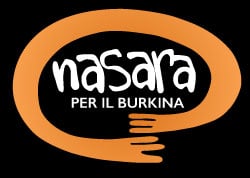On the ground, the Burkinabè health organisation resembles a pyramid, the base of which is made up of the dispensaries in the various villages and the summit of which is made up of the two or three national hospitals. The principle that applies is that everyone is treated where they are and only if they are not competent are they transferred to a higher structure. In between are the health districts that provide various services including a maternity facility, a preventive care service for children and pregnant mothers and a so-called ‘surgical antenna’ for emergencies (particularly for caesareans, appendicitis and hernias).
In the province of Boulkiendé, the government has established two health districts, one based in Koudougou and the other in the Nanorò Health Centre. This centre, as the district headquarters, has 134,000 inhabitants; as a single health centre, its health area extends to 6 villages with a total of 12,000 inhabitants.
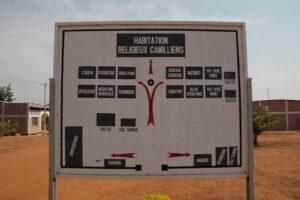
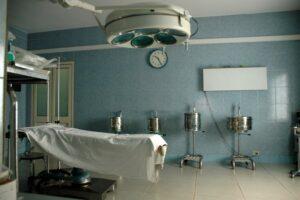
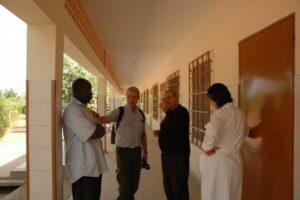
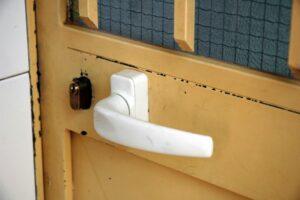
When the Camillians arrived in Burkina Faso, Nanorò and its dependent villages still constituted a largely swampy area that for several months of the year, particularly during the rainy season, remained completely isolated from the other Burkinabé provinces.
Initially, it was the Brothers of the Holy Family who decided to make Nanorò a place for their missionary and social activities, through the agricultural development of the area. As part of the development of the country, the brothers, with funds from a donation, built a dispensary and maternity hospital in 1987, but this facility remained closed and unused, waiting for the right opportunity to activate it. With the help of the Italian government, technicians and volunteers, who were also Italian, they built a 35 km long track that would connect to the asphalt road from Ouagadougou to Ouahigouya, at Boussé (45 km from Ouagadougou), and lead to Nanorò. This track, which was as solid as an asphalt road, raised the level of the depressions in the terrain and served as a dam for the rainwater that stagnated in the low-lying areas and, at the same time, created a road that was always passable from Ouaga to Nanorò, even in rainy weather. It also facilitated communication between villages in the area.
A few years later, the Camillian Brothers, having decided to create a health facility in an area of the countryside that lacked one to give a witness of love to the poorest, were looking for the area where they could start their mission when they were contacted by the Brothers of the Holy Family who offered to donate what they had already built: four small houses with a warehouse for materials, a small dispensary and maternity ward with the addition of the surrounding land and a management fund of 400,000 CHF per month for eight years.
The Camillians accepted and from there began a great adventure that has led the Nanorò Hospital to become a reference point for the whole of Central Africa.
It is clear that such a large operation could not have come about without the contribution of many organisations who, each to their own degree, helped to bring about what we can now see.
Nasara has worked for Burkina since the early years and has:
- supplied the anodised aluminium window frames for the operating theatre, radiology, emergency room and laboratory halls
- built the entire house of doctors
- contributed with means and persons to the construction of the installations that supply energy to the hospital (photovoltaic and motogeneration units)
- financed the shipment of several containers in which all donated material is collected in Italy and then shipped to Nonorò
In recent years, its reputation as a centre of excellence has spread around the world, so much so that the Bill Gates Foundation (founder of Microsoft) decided to set up a large international research centre in Nanorò, together with a pharmaceutical industry, to study a vaccine against malaria. Some 40 researchers are currently working there.
Part of this article was taken from this special on Nanorò of the Camillian website.
